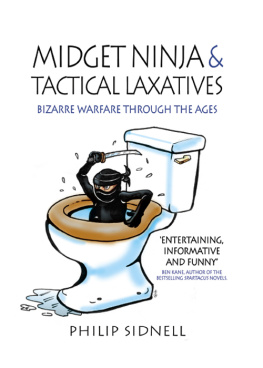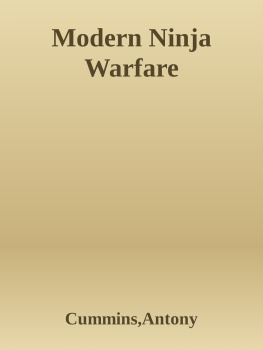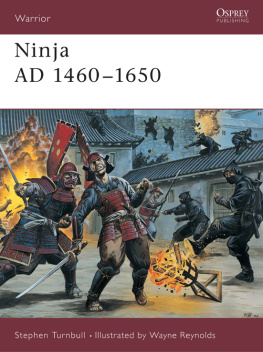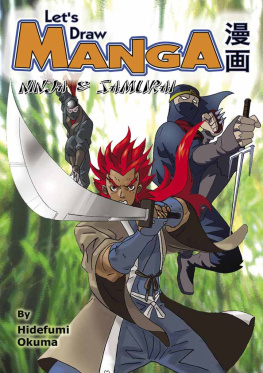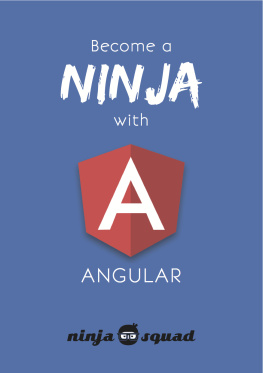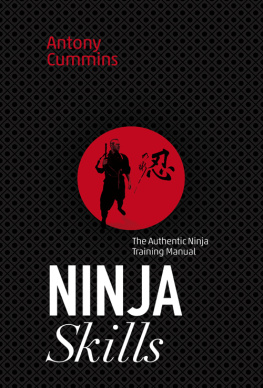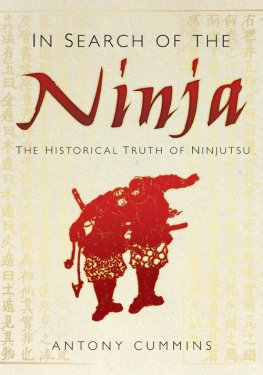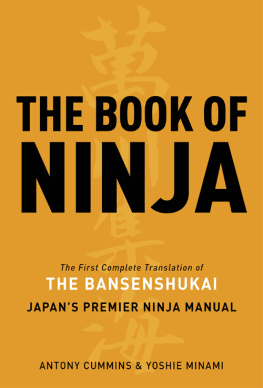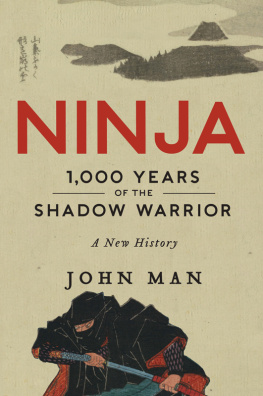
First published in Great Britain in 2012 by
PEN & SWORD MILITARY
An imprint of
Pen & Sword Books Ltd
47 Church Street
Barnsley
South Yorkshire
S70 2AS
Copyright Philip Sidnell
ISBN 978-1-84884-331-8
ISBN 9781781595954 (epub)
ISBN 9781781595954 (prc)
The right of Philip Sidnell to be identified as the author of this work has been asserted by him in accordance with the Copyright, Designs and Patents Act 1988.
A CIP catalogue record for this book is available from the British Library.
All rights reserved. No part of this book may be reproduced or transmitted in any form or by any means, electronic or mechanical including photocopying, recording or by any information storage and retrieval system, without permission from the Publisher in writing.
Typeset by Concept, Huddersfield, West Yorkshire.
Printed and bound in England by CPI Group (UK) Ltd, Croydon, CR0 4YY.
Pen & Sword Books Ltd incorporates the imprints of Pen & Sword Aviation, Pen & Sword Family History, Pen & Sword Maritime, Pen & Sword Military, Pen & Sword Discovery, Whamcliffe Local History, Wharncliffe True Crime, Wharncliffe Transport, Pen & Sword Select, Pen & Sword Military Classics, Leo Cooper, The Praetorian Press, Remember When, Seaforth Publishing and Frontline Publishing.
For a complete list of Pen & Sword titles please contact
PEN & SWORD BOOKS LIMITED
47 Church Street, Barnsley, South Yorkshire, S70 2AS, England
E-mail:
Website: www.pen-and-sword.co.uk
Contents
To my oh-so-patient wife Kerry and my two cheeky monkeys,
Alexander and Emma
and I wonder
when I sing along with you
if everything could ever feel this real forever
if anything could ever be this good again
Acknowledgements
I must start by thanking my boss, Charles Hewitt, for letting me write this book and everyone else at Pen & Sword who has contributed to the finished article especially Paula Hurst and Matt Jones for chasing me along and Jon Wilkinson for the jacket design. Thanks in advance to the Marketing and Sales posse when you've sold enough copies to make me rich I'll buy you all a drink.
My gratitude is also due to all those of my fellow authors who answered my call for their favourite military curiosities (some of you revealing a very strange sense of humour in the process), provided me with details or helped me with pinning half-remembered snippets down to actual sources. If I don't appear to have made use of your particular contribution, that doesn't mean your trouble was unappreciated (and there's always volume 2). Dave the Bear, thanks for general encouragement and also for the tip on the lizard thing; still can't believe that turned out to be true. A special mention in dispatches goes to James Cole who spent a fair portion of his work experience placement helping me with my research. My former colleague and friend, Andrew McClellan read the first proof and gave some very constructive criticism just in time, so sincere thanks go to him.
Of course, I will never hear the end of it if I don't reserve the biggest thankyou for my wife and children. Even if you did often get in the way of actually writing the thing you are always an inspiration; besides, I can't imagine a more wonderful trio of distractions. Thanks for making life so much fun.
Introduction
I became fascinated with all things military when I was just a small boy but, unlike many, I never grew out of it. In recent years I have been fortunate enough to make a living out of military history as a book editor, so warfare occupies my thoughts for a large proportion of my waking life. The word geek has been used on more than one occasion. I know family and friends sometimes find this preoccupation with man's efforts to kill or conquer his fellow man a little morbid. I suppose it could get a little grim or heavy, if it wasn't for the fact that the annals of human conflict are liberally scattered with plenty of lighter moments; quirky characters, bizarre incidents and tragi-comic mishaps that make me shake my head in wonder as I read, giggle or even laugh out loud. It is surprising how often I relate these bits to those same family and friends who find my interests odd or who are just not into military history, only to find they, too, are amused or amazed. This book is basically a collection of some of those bits.
Collectively, the assembled material displays the best and the worst of the human condition. There are tales of inventive genius, endurance against the odds, honour and nobility of spirit; but there is also despicable deviousness and deceit, hapless blundering and the sort of harebrained lunacy that would make Wile E Coyote look like a paragon of caution and common sense. I hope you enjoy reading this as much as I enjoyed writing it.
Philip Sidnell
Teynham,
September 2012
p.s. If your favourite strange stratagem or weird weapon is not in here, why not contact me via the Pen and Sword website and share it with me? (www.pen-and-sword.co.uk) Maybe I'll put it in a future volume.
Chapter 1
War Elephants and How to Beat Them
Where did you get that Elephant?
War elephants remained in service as front line warriors up to the eighteenth century AD and even later as military transport and engineers.
The elephant's military potential seems obvious. They are very big and very scary, highly mobile (they can outrun a human over short distances) and armed with tusks to gore and a trunk to grab or swat the enemy. In most armies their natural armament was augmented by placing a crew of several warriors on their backs, usually in a turret or howdah, armed with an array of weapons such as bows, javelins and pikes, and later even with muskets or small cannon. Often, particularly in Indian armies, the elephants themselves could be armed with huge swords, maces or chains gripped in, or attached to, their trunks. While their thick skin and sheer bulk meant they were very hard to kill with primitive pre-gunpowder weapons, they were often given the additional protection of armour.
Elephants could even be used to batter down fortifications. In some cases they butted or leant on gates or palisades with their foreheads, much as they would push over trees in the wild. But on at least one occasion elephants were actually used to wield battering rams. In AD 1001, when Sultan Mahmud, the first Ghaznavid ruler
Mind you, on other occasions, the elephant's size could make it a liability in an urban environment. In 272 BC, Pyrrhus of Epirus used twenty-four elephants in an attack on Argos (the Greek city that is he wasn't taking them back to the catalogue store for a refund). The plan was to sneak a force that included some of the elephants into the city at night, when one of the gates would be opened by traitors within. The plan was going fine (elephants are surprisingly good at sneaking as their soft soles allow them to tread silently), until the elephants proved too big to fit through the city gates with their howdahs on. By the time the crews had removed the little towers and squeezed their mammoth mounts through, it was broad daylight and the city's defenders had been woken by the commotion. When, after some very confused street fighting, Pyrrhus attempted to withdraw his forces, another elephant coming up with the reserve had got itself stuck in the gateway and blocked their escape. This led indirectly to Pyrrhus' death. In 81 BC, without the excuse of darkness and an unfamiliar city, Pompey the Great's plans for a triumphal entry into Rome hit a similar technical hitch when the gates proved too narrow for his chariot pulled by four elephants abreast.
Next page
